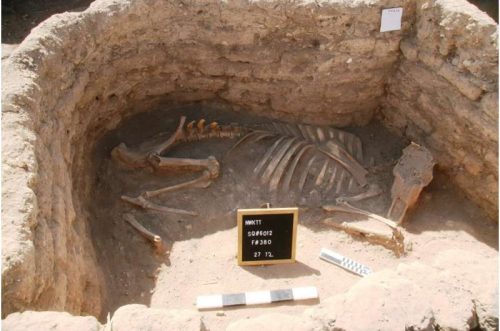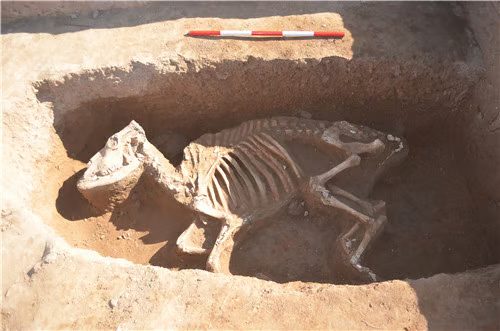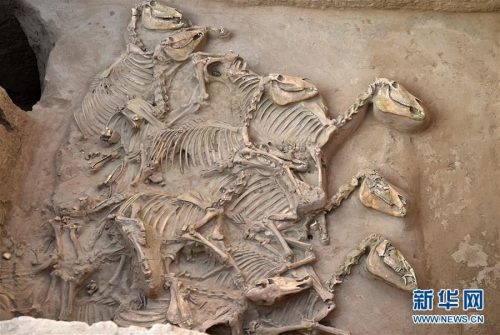
In an astounding archaeological discovery that has sent shockwaves throughout the world, researchers have recently unearthed an ancient Pharaonic city in Egypt. This remarkable find promises to rewrite the history books and shed new light on the grandeur of ancient Egyptian civilization.
The excavation of this lost city, which dates back over 3,000 years, has generated widespread interest and curiosity among historians, archaeologists, and Egyptologists alike.
The Lost City of Aten
The ancient city, dubbed the “Lost City of Aten,” was discovered near the famous Valley of the Kings in Luxor, on the west bank of the Nile River. This sprawling city is believed to have been built during the reign of Amenhotep III, one of Egypt’s most illustrious pharaohs, who ruled around 1391-1353 BC during the 18th dynasty of the New Kingdom period.
The significance of this discovery lies not only in its age but also in its remarkably well-preserved state. The city is estimated to have covered an area of about 8 square kilometers and is a treasure trove of historical artifacts, structures, and relics. The preservation of the city is so pristine that it has been likened to an ancient Egyptian Pompeii.

Key Discoveries
Residential Complexes: The excavations have revealed numerous residential complexes with walls still standing up to 3 meters in height. These complexes are adorned with vibrant, colorful murals depicting scenes from everyday life, offering invaluable insights into the daily routines, clothing, and customs of ancient Egyptians.
Administrative and Industrial Districts: The city appears to have been a bustling hub of activity, with distinct administrative and industrial districts. Archaeologists have uncovered evidence of pottery and jewelry workshops, suggesting a thriving economy and craftsmanship during this period.
Amenhotep III Statues: Perhaps one of the most remarkable finds is a series of statues, including a colossal statue of Amenhotep III himself, standing at over 12 feet tall. These statues depict the pharaoh in a seated position and offer a glimpse into the grandeur and artistic sophistication of the era.
Mudbrick Walls and Inscriptions: The city’s extensive mudbrick walls have been adorned with inscriptions and hieroglyphs that provide valuable historical information. These inscriptions are expected to provide insights into the city’s role as a vital administrative and trading center.
Significance and Implications

The discovery of the Lost City of Aten is not merely an archaeological feat but also a monumental revelation that has the potential to reshape our understanding of ancient Egyptian history. Here are some of the key implications of this discovery:
Historical Timeline: The city’s existence during Amenhotep III’s reign challenges previous notions about the scope and scale of urbanization in ancient Egypt during this period.
Art and Culture: The remarkably preserved murals and statues offer a fresh perspective on the art and culture of ancient Egypt, providing a more detailed and colorful picture of daily life.
Economic and Political Insights: The presence of workshops and administrative structures suggests the city’s economic significance and its role as a key administrative center during the New Kingdom era.
Future Discoveries: Archaeologists anticipate that further excavations will yield even more valuable information about this ancient city, potentially revealing connections to other archaeological sites and dynasties.
Conclusion
The discovery of the Lost City of Aten is a testament to the endless wonders hidden beneath the sands of Egypt. It invites us to delve deeper into the mysteries of this ancient civilization, challenging our existing knowledge and opening up new avenues for exploration. As researchers continue to uncover the secrets of this lost city, it is certain that the world will be captivated by the revelations it holds, forever changing our perception of ancient Egypt and the remarkable achievements of its people.






